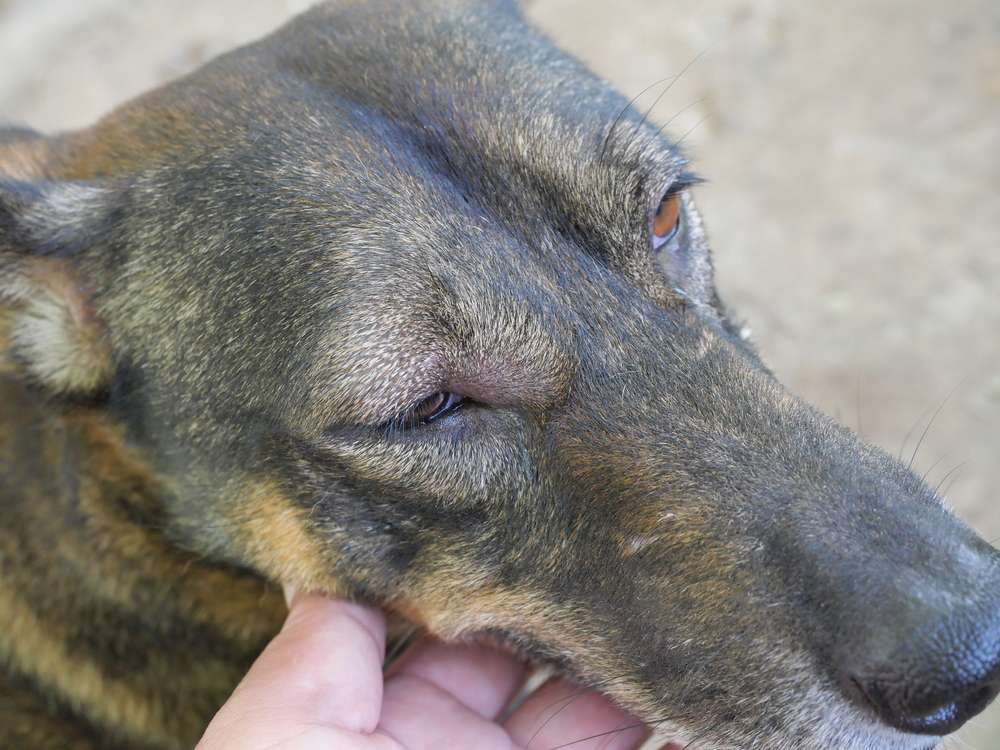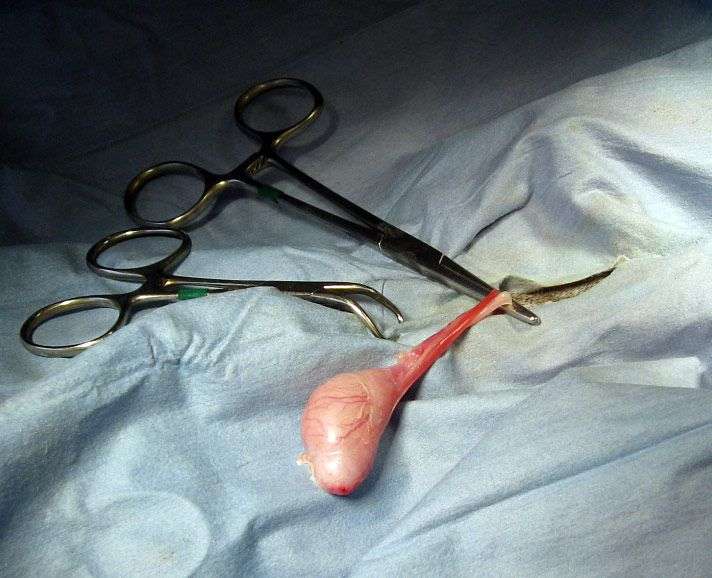Key Takeaways:
-
1. Tummy bumps after cat surgery are common and usually a result of fluid accumulation or swelling in the surgical area.
2. The tummy bump should gradually decrease in size over time as the body heals and absorbs the excess fluid.
3. It is important to monitor the tummy bump for any signs of infection, such as redness, warmth, or discharge, and consult with a veterinarian if any concerns arise.
4. Cats may experience discomfort or pain around the tummy bump area, so providing them with a quiet and comfortable recovery space is essential.
5. Following post-surgery care instructions provided by the veterinarian, including administering prescribed medications and limiting physical activity, can help promote a smoother recovery process for cats with tummy bumps after surgery.
Are you curious about why your furry feline friend has a little tummy bump after surgery? Well, get ready to uncover the secrets behind this fascinating phenomenon! Understanding why your cat experiences this can not only provide you with valuable knowledge but also ensure the well-being of your beloved pet. So, let's embark on this journey together and explore the reasons behind that adorable post-surgery tummy bump. Get ready to be amazed by what you discover!
What is a tummy bump on a cat after surgery?
A tummy bump on a cat after surgery refers to the swelling or lump that can develop in the abdominal area of a cat following a surgical procedure. This bump is usually caused by fluid accumulation or tissue inflammation as part of the body's natural healing process.
The tummy bump may vary in size and appearance depending on the type of surgery and the individual cat. It is important to note that not all cats will develop a tummy bump after surgery, but it is relatively common and usually resolves on its own with time and proper care.
Causes of Tummy Bump After Surgery
There are several reasons why some cats may develop a tummy bump after surgery:
- Fluid Accumulation: During surgery, fluids such as saline or medications may be administered intravenously. Sometimes, these fluids can leak into the surrounding tissues, leading to swelling.
- Tissue Inflammation: Surgical procedures involve cutting through tissues, which can cause inflammation as part of the body's healing response. This inflammation can result in swelling around the incision site.
Treatment for Tummy Bump After Surgery
In most cases, a tummy bump will gradually go away on its own as the body heals. However, there are some steps you can take to help reduce discomfort and promote healing:
- Pain Management: If your cat seems uncomfortable or in pain due to the tummy bump, consult with your veterinarian about appropriate pain management options.
- Restricted Activity: Limit your cat's physical activity to prevent excessive strain on the surgical site and minimize the risk of complications.
- Warm Compress: Applying a warm compress to the tummy bump can help reduce swelling and provide some relief. Ensure that the compress is not too hot to avoid burning your cat's skin.
- Follow-up Veterinary Care: It is essential to follow any post-surgical care instructions provided by your veterinarian, including scheduled check-ups or medication administration.
Remember, each cat's recovery process may vary, so it's crucial to consult with your veterinarian if you have any concerns or notice any unusual symptoms related to the tummy bump after surgery.
Why do some cats get a tummy bump after surgery?
Fluid Accumulation
After surgery, it is common for cats to develop a tummy bump due to fluid accumulation. This happens because during the surgical procedure, fluids are administered to keep the cat hydrated and maintain blood pressure. Sometimes, the body may not be able to eliminate these fluids efficiently, leading to their accumulation in the abdominal area. This can result in a noticeable swelling or bulge.
Surgical Site Inflammation
Another reason for a tummy bump after surgery is inflammation at the surgical site. When tissues are cut or manipulated during surgery, it triggers an immune response in the body. This response includes increased blood flow and release of chemicals that cause swelling and redness. As a result, the area around the incision may appear swollen and create a tummy bump.
It is important to note that while a tummy bump is common after surgery, it should gradually decrease over time as the body heals. However, if there are concerns or if the bump persists for an extended period, it is crucial to consult with a veterinarian for further evaluation.
How long does it take for a cat's tummy bump to go away after surgery?
The duration for a cat's tummy bump to go away after surgery can vary depending on several factors such as the type of surgery performed and individual healing abilities. In most cases, mild tummy bumps caused by fluid accumulation or inflammation tend to resolve within 1-2 weeks post-surgery.
However, if more extensive surgical procedures were performed or if complications arise during recovery, it may take longer for the tummy bump to disappear completely. It is essential to closely monitor the cat's progress during this time and follow any post-operative care instructions provided by the veterinarian.
Are there any complications with a tummy bump in cats after surgery?
While tummy bumps after surgery are generally harmless and part of the normal healing process, there can be complications that require attention. One potential complication is the formation of a seroma, which is a pocket of fluid that accumulates under the skin. If left untreated, a seroma can become infected or delay the healing process.
Another complication to watch out for is an incisional hernia. This occurs when the surgical incision does not heal properly, leading to a weakness in the abdominal wall. As a result, organs or tissues may protrude through this weakened area, causing a noticeable bulge or lump.
If any complications are suspected, it is crucial to consult with a veterinarian promptly. They can provide appropriate treatment options and ensure the cat's recovery progresses smoothly.
How can you help a cat with discomfort from a tummy bump after surgery?
To help alleviate discomfort caused by a tummy bump after surgery, there are several steps you can take:
1. Administer pain medication as prescribed by the veterinarian to manage any post-operative pain.
2. Ensure your cat has a comfortable and quiet space to rest and recover.
3. Avoid touching or putting pressure on the tummy bump area unless advised by the veterinarian.
4. Follow any dietary restrictions or feeding instructions provided by the veterinarian to support proper healing.
5. Monitor your cat closely for signs of infection or worsening symptoms and report them to the veterinarian immediately.
By providing appropriate care and attention, you can help your furry friend feel more comfortable during their recovery period.
The importance of monitoring and caring for a cat's tummy bump after surgery
Monitoring and caring for a cat's tummy bump after surgery is crucial for ensuring their overall well-being and successful recovery. By closely observing the tummy bump, you can detect any changes or potential complications early on, allowing for prompt veterinary intervention if necessary.
Regular monitoring involves checking the size, shape, and color of the tummy bump. If it becomes significantly larger, changes in appearance, or is accompanied by other concerning symptoms such as redness, discharge, or excessive pain, it is essential to seek veterinary advice immediately.
In addition to monitoring, proper care is vital for a cat's tummy bump after surgery. This includes keeping the surgical site clean and dry as instructed by the veterinarian. Avoid allowing the cat to excessively lick or scratch the area to prevent infection or further irritation. Following any post-operative care instructions provided by the veterinarian will help promote healing and minimize complications.
Remember, your attentive monitoring and diligent care can make a significant difference in your cat's recovery process and overall well-being.
Signs of problems with a cat's tummy bump post-surgery
While some degree of swelling or a tummy bump is expected after surgery, certain signs may indicate potential problems that require immediate attention:
1. Excessive swelling that continues to increase instead of gradually decreasing over time.
2. Redness around the tummy bump area.
3. Discharge or foul odor coming from the surgical site.
4. Intense pain or discomfort expressed by the cat.
5. Loss of appetite or refusal to eat.
6. Lethargy or decreased activity levels.
If any of these signs are observed, it is crucial to contact a veterinarian promptly for further evaluation and appropriate treatment. Timely intervention can help prevent complications and ensure a smooth recovery for your feline companion.
In conclusion, it is common for cats to have a tummy bump after surgery due to the presence of stitches or swelling. This bump should gradually decrease over time as the cat heals, but if there are any concerns, it's best to consult a veterinarian.
Why does my cat have a lump on her stomach after being spayed?
It is common to experience swelling or a firm lump at the incision site due to the absorbable suture material. This swelling should go away within two weeks. If you notice any bleeding or discharge from the incision, please contact the clinic for further instructions.
How do you tell if your cat has a hernia after being spayed?
If your cat has an umbilical hernia, you may notice a soft swelling, bulge, or squishy protrusion beneath the skin. This can be felt just below the ribcage on the cat's underside, near the belly button, and may become more visible when the cat is vocalizing, in pain, exerting force, or standing.
What is the lump in my cats belly?
If your feline companion has small, circular bumps beneath their skin that feel soft, they could be lipomas, which are fatty tumors that are not cancerous. While lipomas in cats are typically harmless, it is important to have them diagnosed accurately by a veterinarian.
What is a seroma in a cat after abdominal surgery?
It is not uncommon for a lump to develop near the area where an incision was made during an abdominal surgery. This lump is often referred to as a seroma and is filled with fluid. The size of the seroma can vary, ranging from as small as a grape in smaller animals to as large as a baseball in larger dogs.
Is it normal to have a lump after spaying?
Due to the tight closure of your dog's stitches, the surrounding skin may appear slightly looser. This can cause a bump when your dog is in a sitting or lying position, as the excess skin may fold over the incision area.
What does a hernia after spay look like?
After a dog is spayed or neutered, a hernia may occur as a lump that sticks out near the incision site on the abdomen. If the hernia only contains fat, the puppy may not feel any discomfort. However, in some cases, organs such as the intestine or bladder may protrude through the abdominal wall, causing pain.















